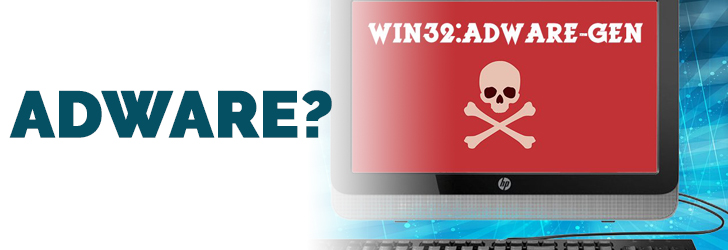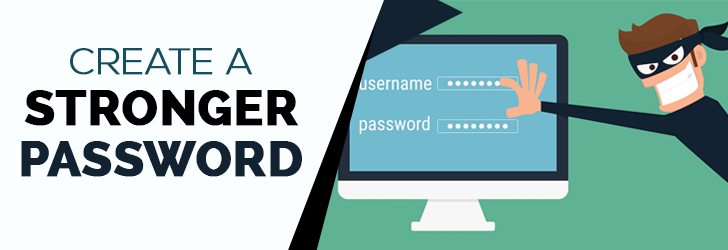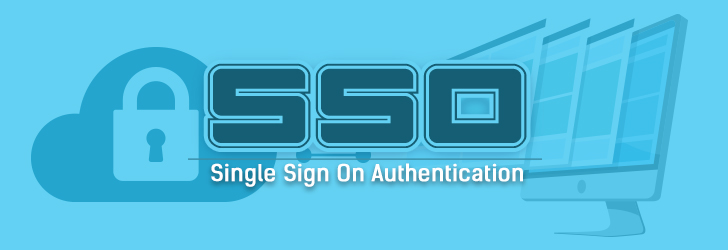
A virtual private network (VPN) is a network technology used to extend two or more private networks over a public network (i.e. Internet). It accomplishes this by creating a secure connection between two endpoints where all of the data shared between these two are encrypted. This disallows a third-party from tampering with the data trespassing through the public network. It also means that the IP addresses of both devices on either side of the tunnel is secure from the public. This is because the IP address used on both endpoints are only used as internal IP, and they are assigned a new public IP address outside of the tunnel.









